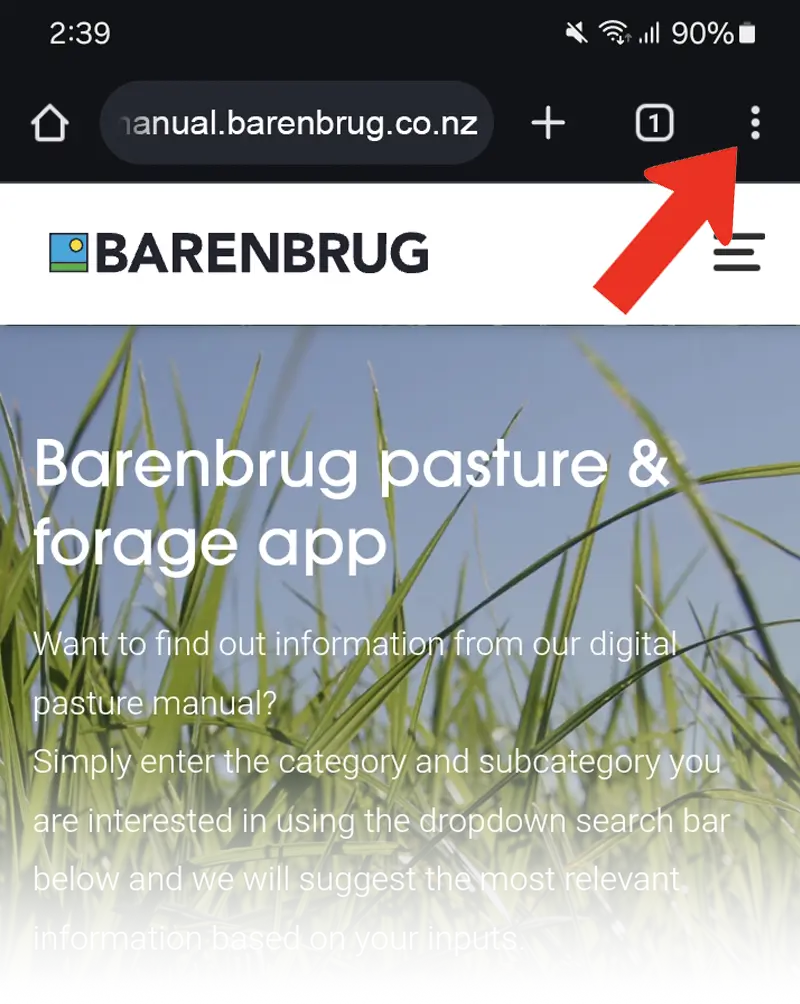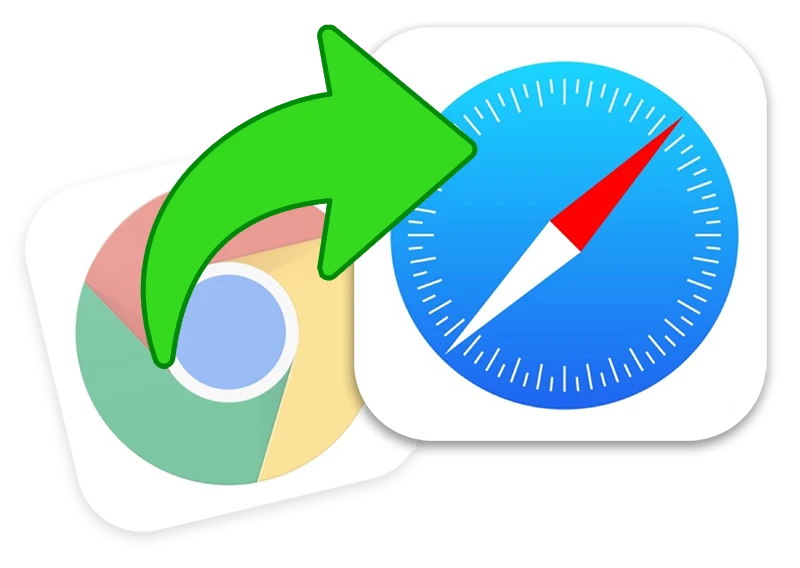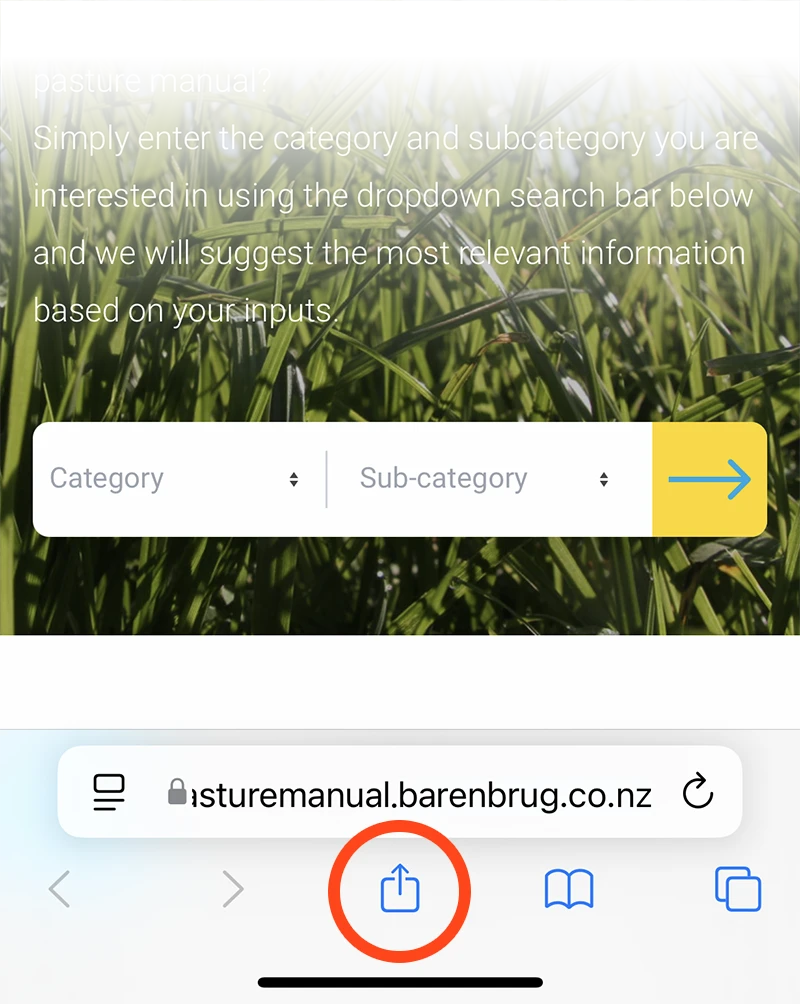Economics of renewal
Why renew, A dairy farm example
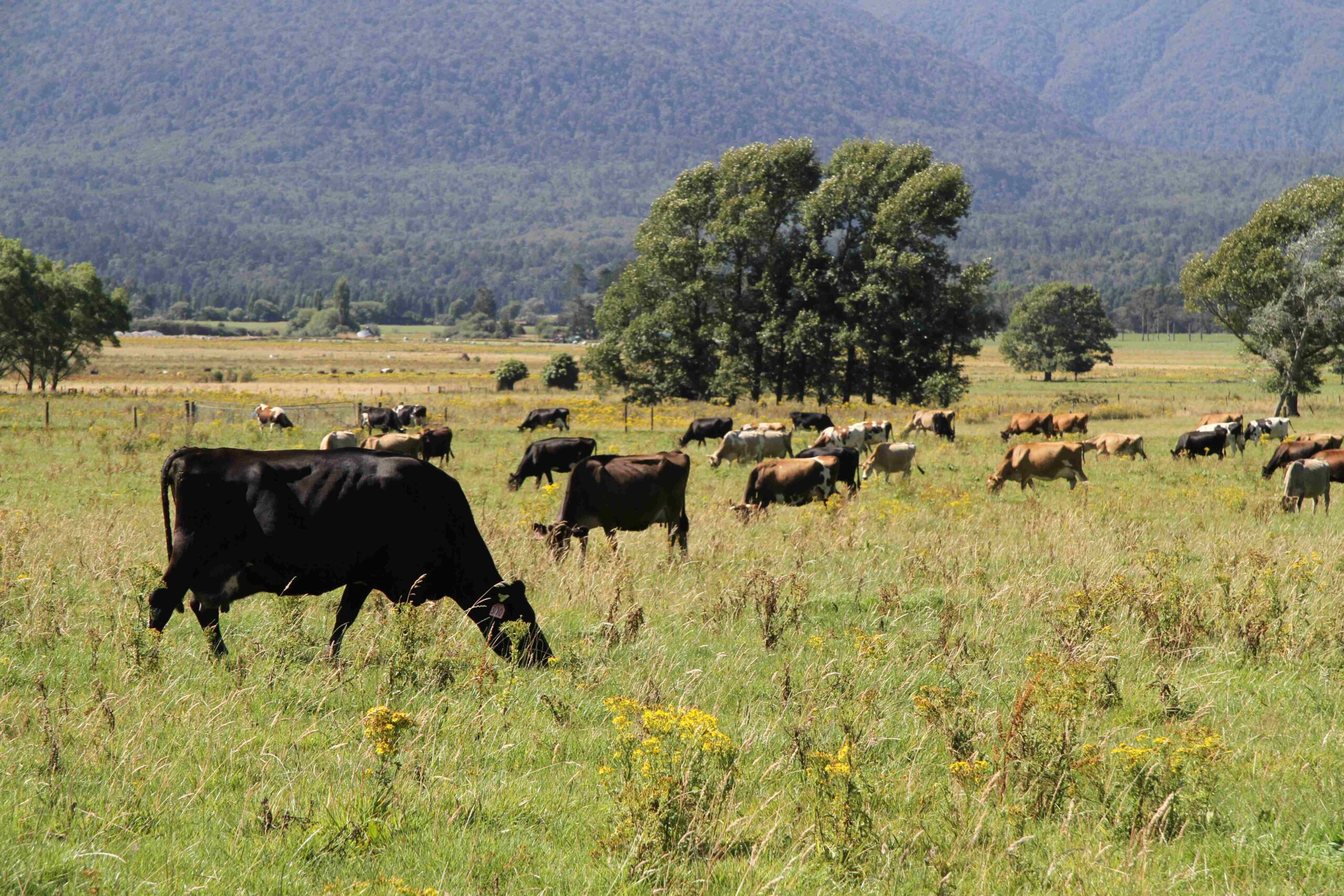
Renewing paddocks which have poor growth or high weed content can give high financial returns. In this example we have used top end renewal costs, and an increase in pasture performance over 4 years. This has an internal rate of return of 139%, one that few other investments can match.
Open Information Sheet
Why renew, A sheep farm example
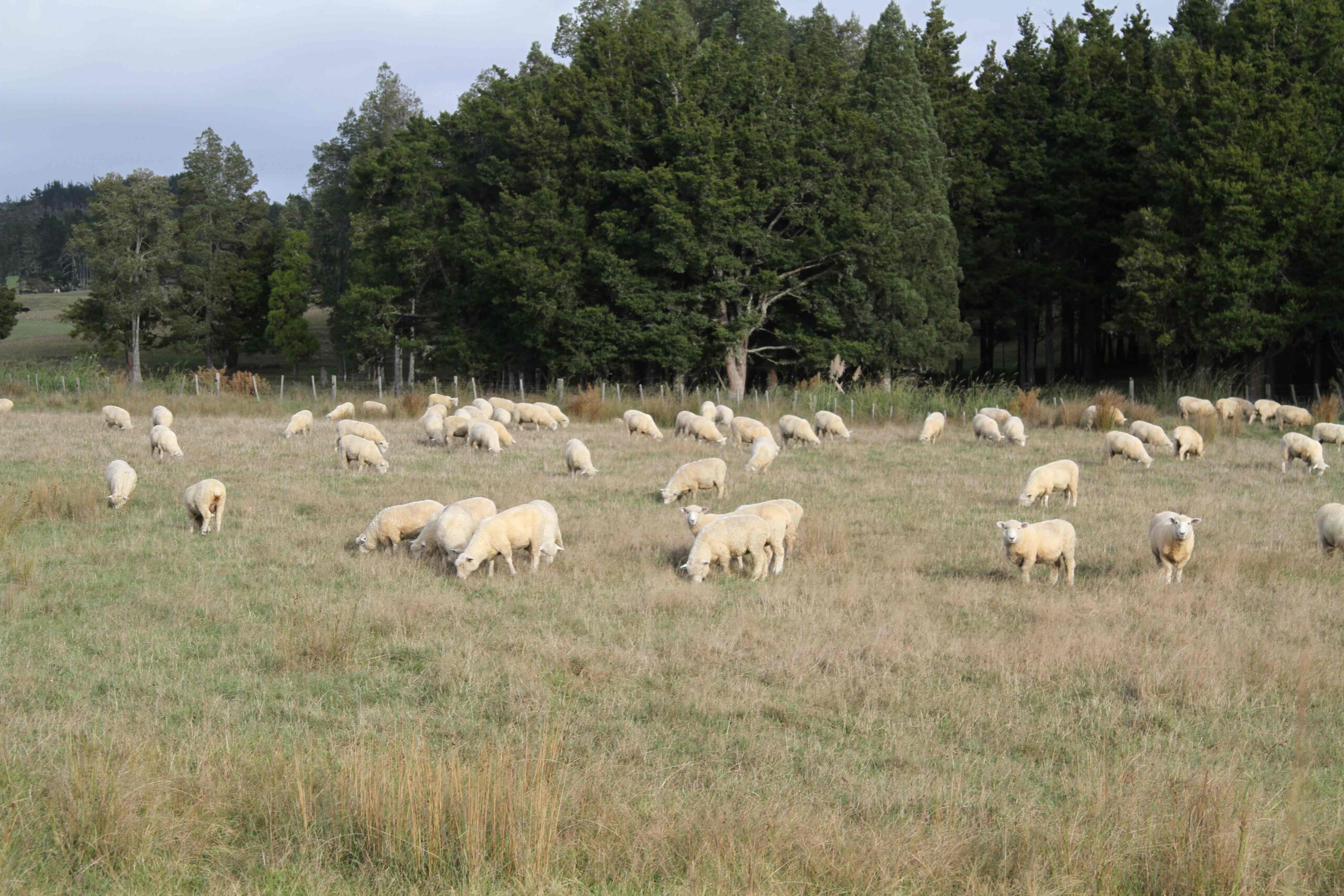
Renewing paddocks with poor growth or high weed content can give high financial returns. In this example, we’ve used top end renewal costs, and an increase in pasture performance over 4 years. This has an internal rate of return of 70%, one few other investments can match.
Open Information Sheet
How much should you renew
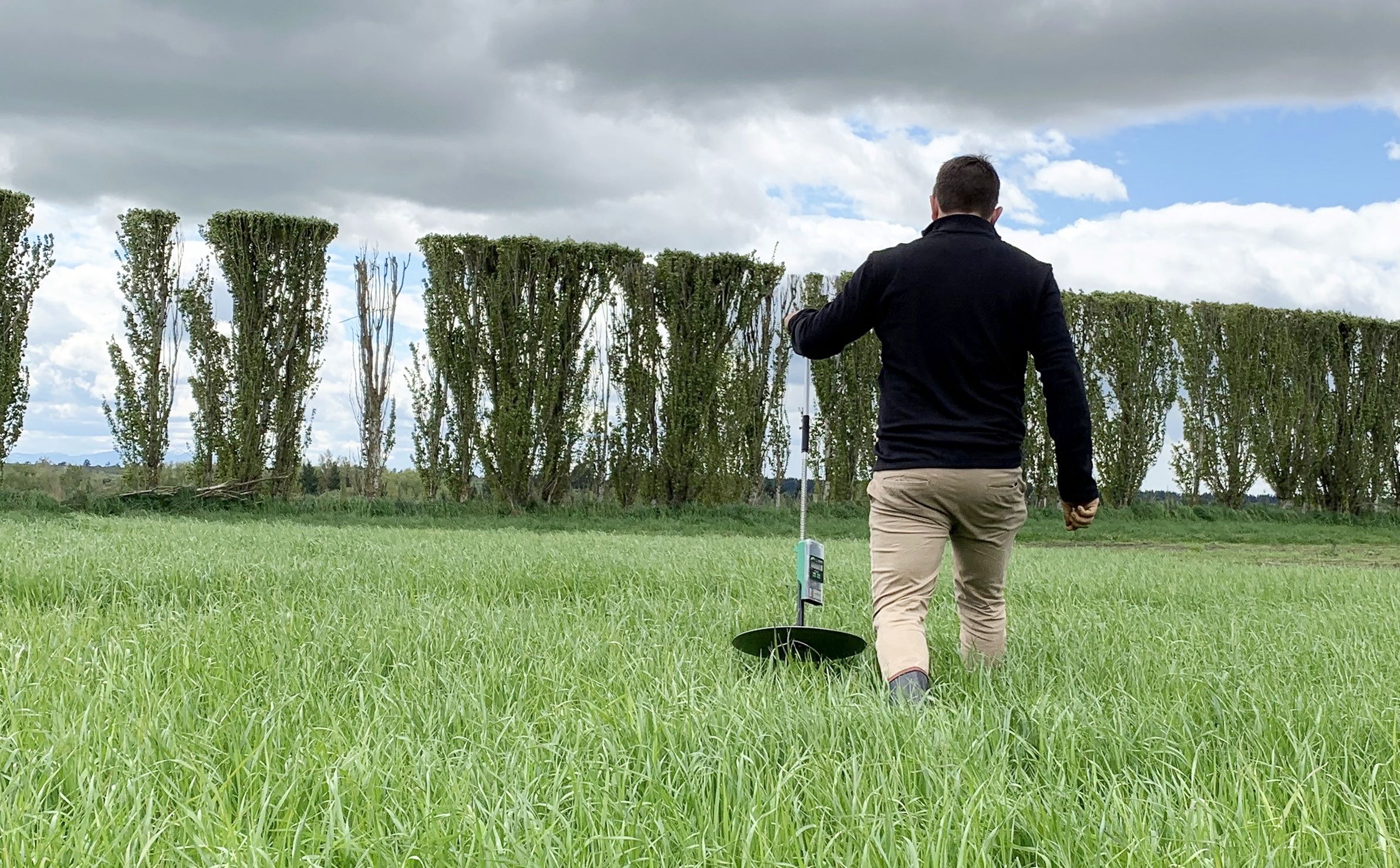
The correct rate of renewal for your farm depends
on the state of the pastures, and your goals. This
section covers how to assess pasture performance
across a farm and plan accordingly.
Open Information Sheet
Benefit of correct cultivar – dairy
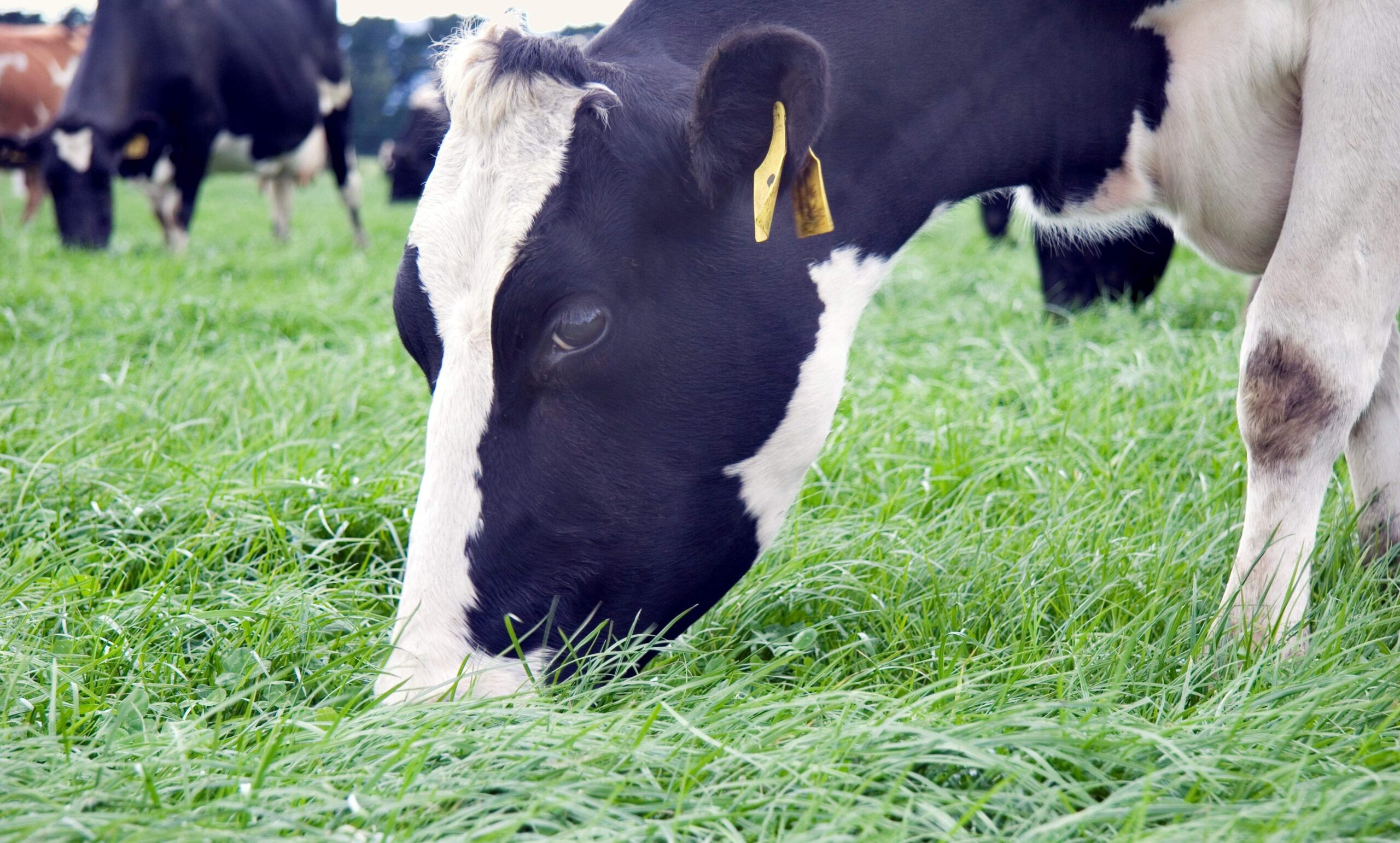
Sowing cheap seed, or seed of questionable
origin, risks large losses in profit. In this example
it saves $265/ha at sowing, but $3395/ha in
operating profit is lost over three years.
Open Information Sheet
Benefit of correct cultivar – sheep
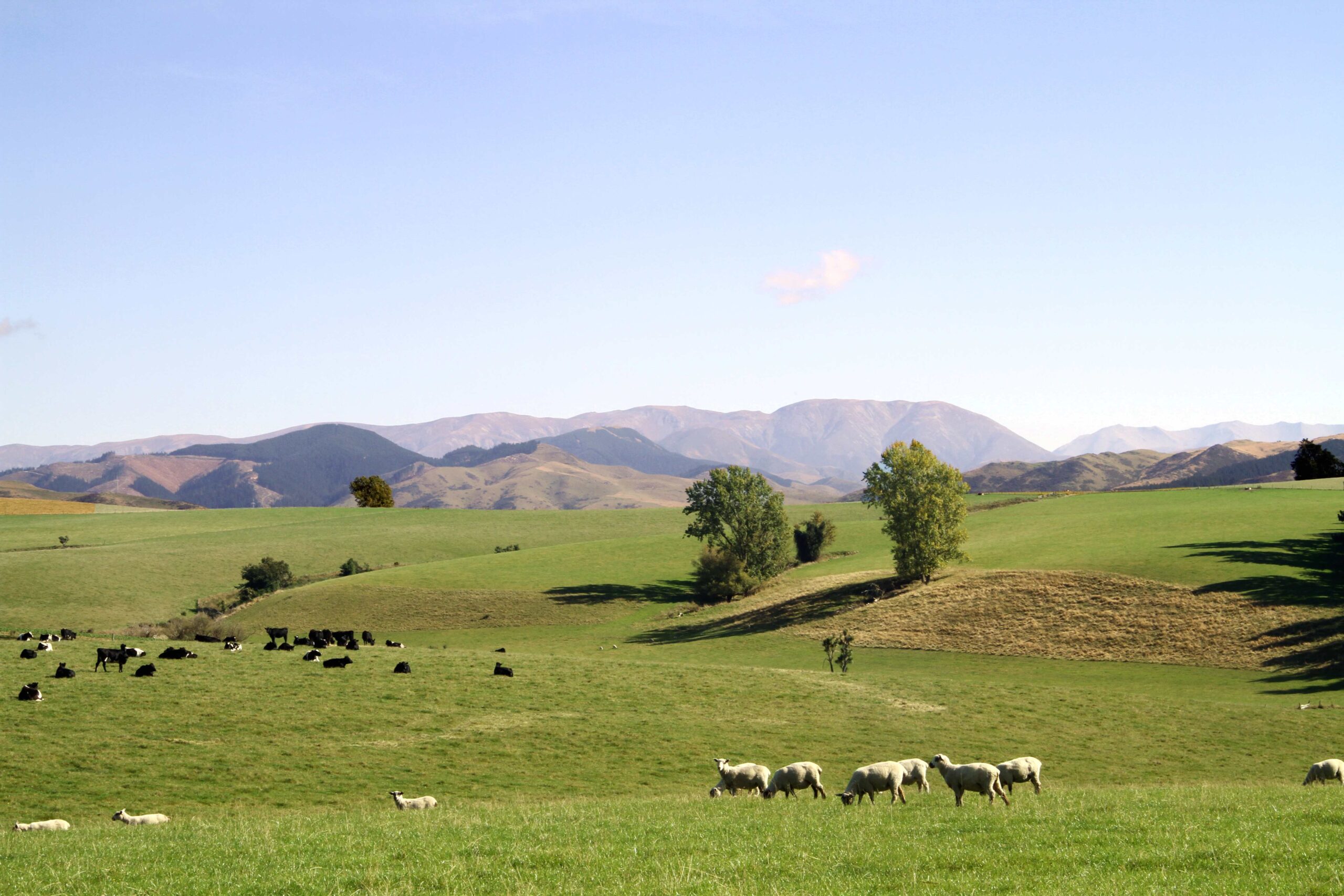
Sowing cheap seed, or seed of questionable
origin, risks large losses in income. In these
examples $265/ha is saved at sowing but $3000/ha
is potentially lost in a ewe breeding enterprise, or
$2780/ha lost in a lamb finishing system over the
next three years.
Open Information Sheet
Seasonal priorities – Managing pasture in the wet
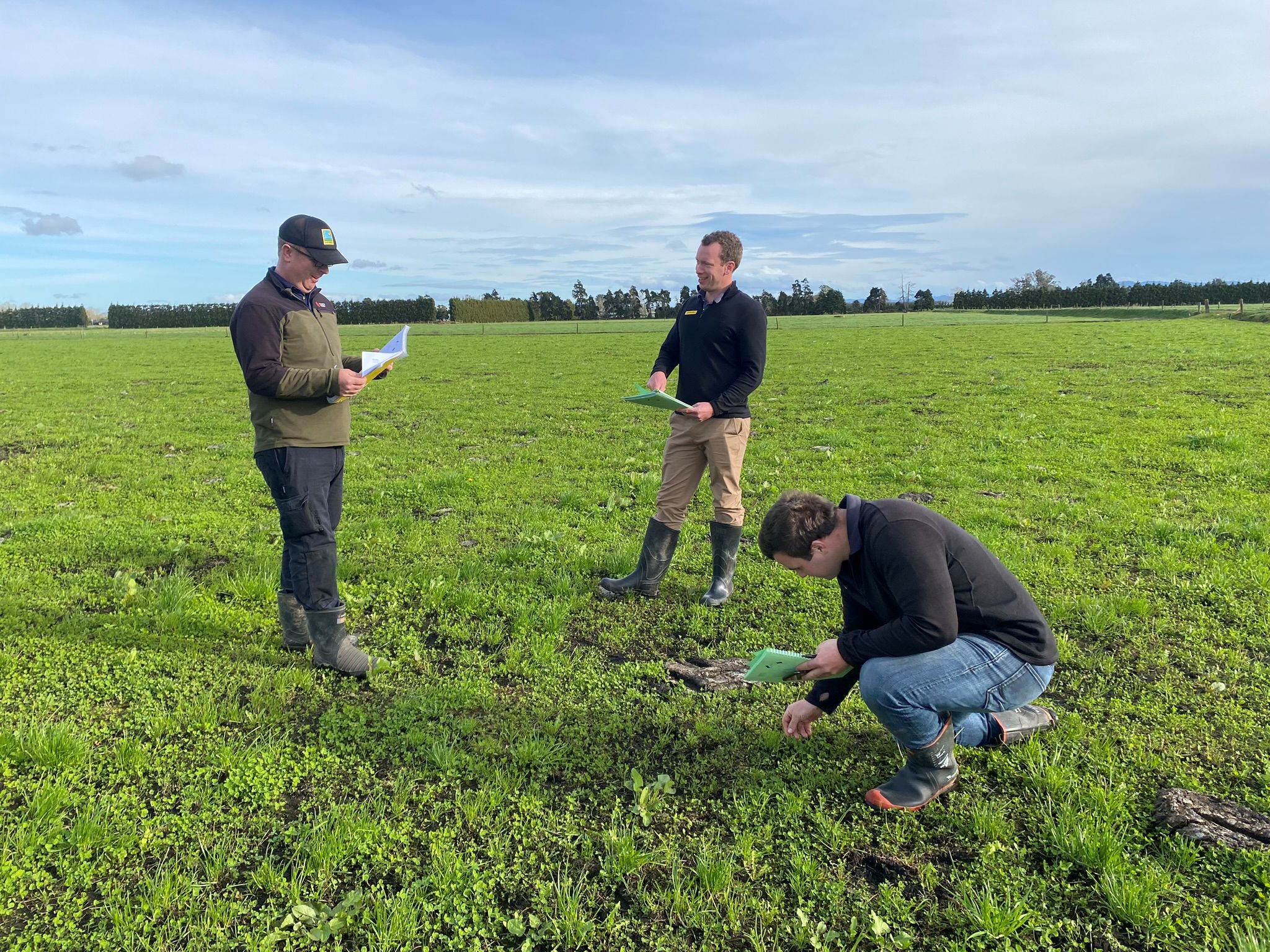
Pugging and treading damage can reduce pasture yield by >35%. Severe pugging by cattle can kill pastures. Where pastures are badly damaged, repairing them is a race against time. New seed needs to be sown before weeds take over.
Open Information Sheet

